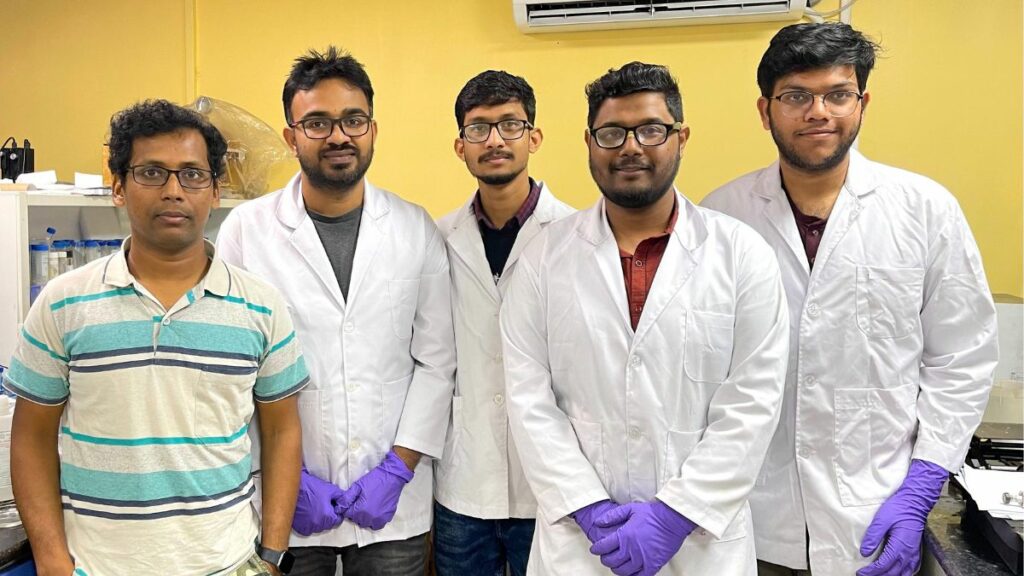
Guwahati: Indian Institute of Technology Guwahati researchers have created liquid marbles using nanoclay that can be pre-programmed for drug delivery and cascade chemical reactions. This development could lead to a more efficient technique for delivering medicine gradually and specifically to the required site over time. The research, led by Dr. Uttam Manna, Associate Professor at the Department of Chemistry and Centre for Nanotechnology, has been published in the prestigious journal Advanced Functional Materials.

Liquid marbles are droplets coated with fine hydrophobic particles, which make them non-sticking, non-wetting, and able to float without spilling in water. Unlike normal droplets, liquid marbles can be rolled, squeezed, and used for multiple applications by replacing the liquid inside them. The IIT Guwahati team engineered liquid marbles to have a 'time bomb' type release effect and carry out spontaneous chemical reactions.
To programme the marbles for timed release of content, the researchers modified the nanoclay with chemical groups that were either water-loving or water-hating. The surface modifications on the nano clay changed the time taken for the liquid marble to break and release its contents when put in a pool of water. By changing the nature of the surface groups, the timing of the release of content could be controlled from seconds to hours.
The research challenge was to achieve time-programmed release, which was not achieved in earlier studies on the release of drugs from liquid marbles in response to stimuli such as light, temperature, or electricity. This achievement could be a significant breakthrough in the field of medicine, and liquid marbles could replace conventional methods of drug delivery such as tablets, capsules, syrups, and ointments.
The details of the formation of the nanoclay liquid marbles and their programmed drug release application have been published in Advanced Functional Materials. The paper was co-authored by Nishanta Barman, Arpita Shome, Saurav Kumar, Priyam Mondal, Karan Jain, Mizuki Tenjimbayashi, and Dr. Uttam Manna. The project was funded by the Science and Engineering Research Board, the Ministry of Electronics and Information Technology, and the Department of Biotechnology.
ALSO READ: HCL launches green education for schoolkids as part of CSR